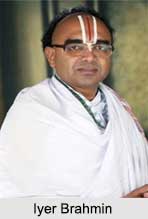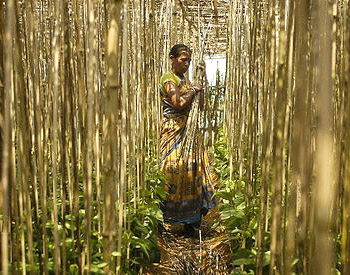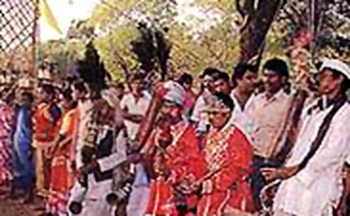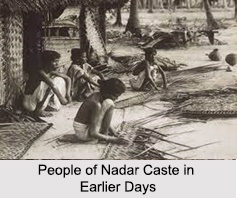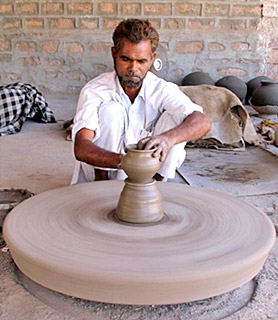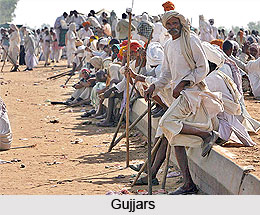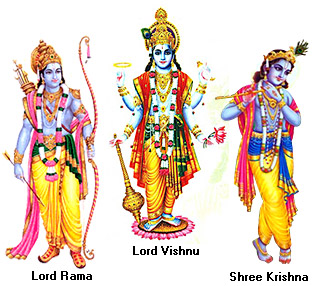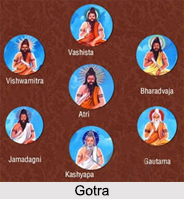Ishta Devata is significant to both the Smarta and Bhakti schools. However practitioners choose to worship the form of God which inspires them the most. As far as Smarta tradition is concerned one of five chief deities are selected. In Vaishnavism, the istha deva concept exists. Swaminarayan sect of Vaishnavism has a similar concept but differ from practically all Vaishnavite schools.
Practices vary as there is no universally accepted perspective of God throughout various branches of Hinduism. A nature of belief and worship regarding a practitioner`s Ishta-deva depends on which tradition they are following. Hinduism teaches Ekam Sadvipraha Bahudha Vadanti. Those who belong to the monistic schools like Advaita Vedanta; they worship multiple forms of God. The Bhakti followers worship a particular form or incarnation of Lord Vishnu, Lord Shiva or Ganesha as the Supreme God in the dualistic sense.
Forms of Worship
A practitioner worships their Ishta devata through the form of a murti. This may involve offering items to their chosen Lord. The deity needs to be remembered and a relationship should be built up. The Dvaita schools believed that the Supreme Being possessed a divine form and offered worship to their Ishta-devata as a representation or direct expansion of the Supreme Person.
Shaivites worship Lord Shiva figuratively or through his Lingam murthi. Within several Hindu traditions living people have claimed to be incarnations of a Supreme Being. In these cases followers have worshipped these individuals as Ishta-devas.
This article is a stub. You can enrich by adding more information to it. Send your Write Up to [email protected]










